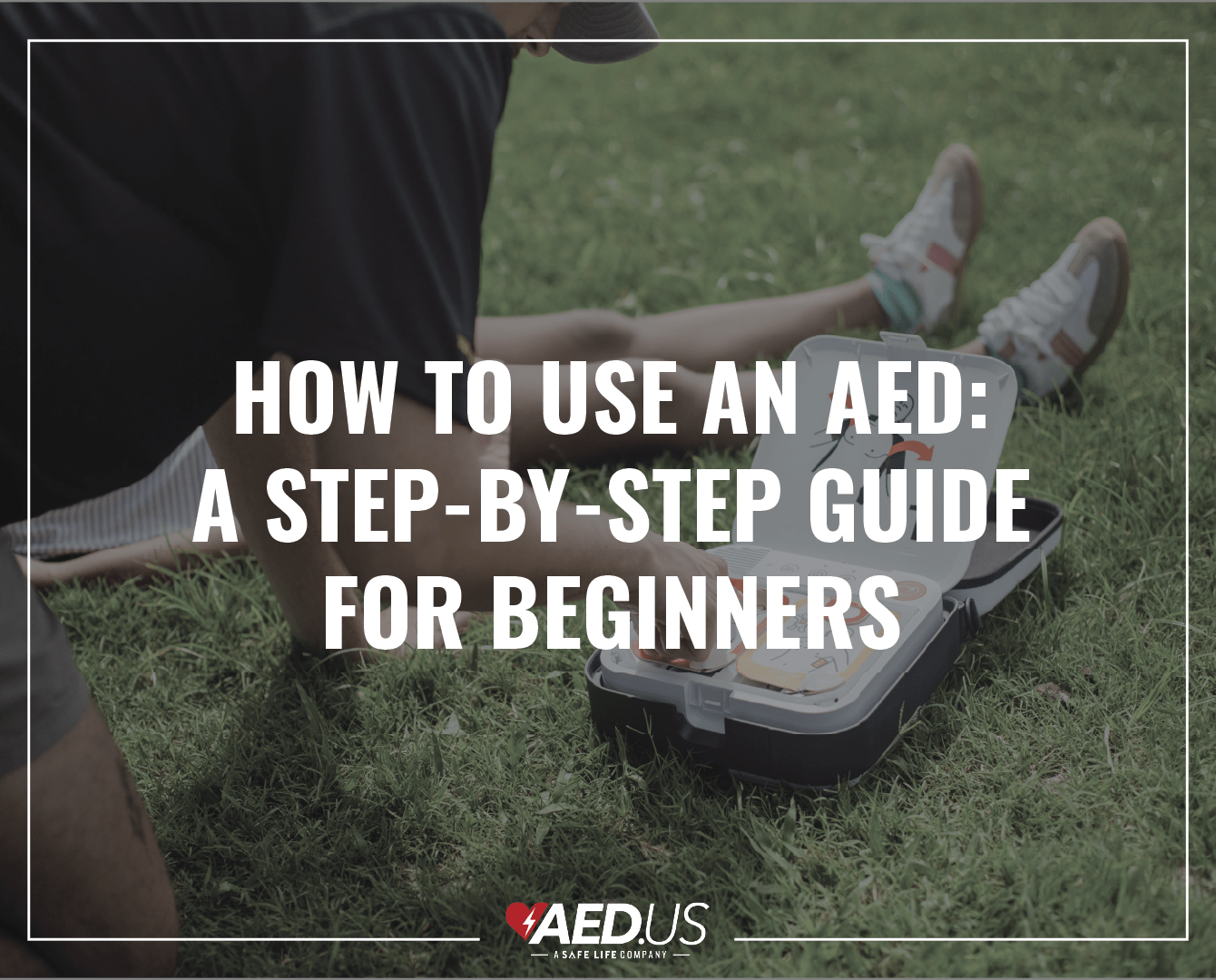In a cardiac emergency, using an AED (Automated External Defibrillator) can mean the difference between life and death. AEDs are designed to be simple and user-friendly, making them accessible even to those without medical training. This guide will walk you through the steps to use an AED effectively, ensuring you’re prepared to take action when it matters most.
Understanding AEDs
An AED is a portable device that delivers an electric shock to a person experiencing sudden cardiac arrest. It works by analyzing the heart’s rhythm and determining if a shock is needed to restore normal function. AEDs are commonly found in public places like schools, offices, and shopping centers.

Step-by-Step Guide to Using an AED
- Assess the Situation
- Ensure the area is safe.
- Check on the person. If they are unresponsive and not breathing normally, it might be sudden cardiac arrest.
- Call for Emergency Help
- Dial 911 and ask someone to get an AED.
- Retrieve and Turn on the AED
- Open the AED or press the power button and follow its voice prompts.
- Attach the Pads
- Remove clothing from the chest, including the bra if the person is wearing one.
- Place the electrode pads as shown on the diagrams on the AED.
- Analyze the Heart Rhythm
- Allow the AED to detect whether a shock is necessary.
- Deliver a Shock if Advised
- Ensure no one is touching the person.
- Press the shock button if instructed. Some AEDs are fully automatic and will deliver the shock on its own.
- Perform CPR if Necessary
- Continue with chest compressions if advised by the AED. Push hard and fast in the center of the chest
- Follow Additional Prompts
- Keep following the AED’s instructions until professional help arrives.

Common Mistakes and How to Avoid Them
- Forgetting to call 911 – Always call for emergency help first.
- Incorrect pad placement – Follow the AED’s diagrams carefully.
- Hesitation – Trust the AED’s instructions and act quickly.
Why AED Training Matters
Although AEDs are user-friendly, training can increase confidence and effectiveness in an emergency. Many organizations, including us at AED.US, offer AED training courses, which can be valuable for workplaces, schools, and community centers.

Conclusion
Being prepared to use an AED can save lives. By understanding the steps involved and avoiding common mistakes, anyone can provide critical assistance during a cardiac emergency. Take the time to learn more about AEDs and consider getting trained. Visit AED.US to find AED training resources and learn how you can help make your community safer.

